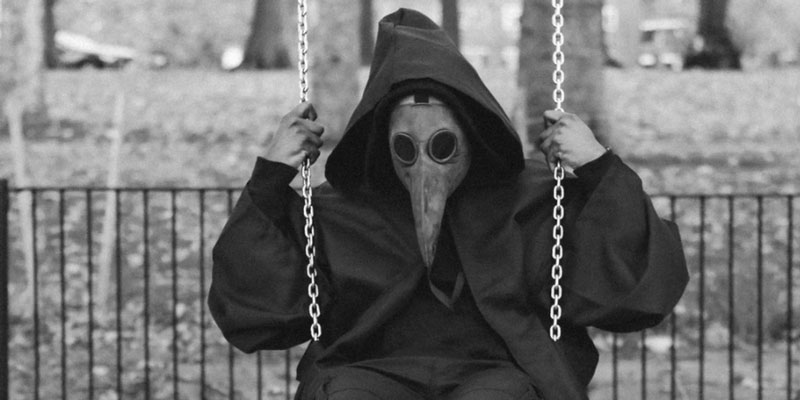
Take the time to think about COVID claims in the mainstream media.
Yesterday, I got a glimpse of how the other half perceives COVID. A Rhode Island progressive shared a tweet storm by some software guy (not a blue check) collecting every study that could be cited with ominous overtones about the supposed long-term effects of the virus.
It was the worst kind of analysis. Each of the half-dozen or so studies the guy cited would have to be carefully reviewed to understand the ways in which the methodology introduced a skew and to understand the significance of effects. A small study finding subjective assessments of feeling off six months after infection given by people who were likely to participate because they were primed to be fearful does not justify headlines making it sound as if large numbers of asymptomatic cases are showing significant brain damage.
At each stage of the information flow, another layer of analytical perspective is necessary… and rarely given. Consider this statement by Alexa Gagosz in the Boston Globe:
On Wednesday, Rhode Island reported nearly 1,200 new COVID-19 cases among the 516 schools that are holding classes in-person, compared to 50 new cases among 221 schools that are in remote learning this week.
Sounds like a scary justification for the progressive parents who are freaking out about risk to children, right? Pause and think about it. 1,200 cases in 516 schools is 2.3 cases per school — across multiple grade levels, perhaps dozens of classrooms, and probably over 100 students. Inasmuch as we’re talking about a contagious bug, the cases likely cluster, so it’s more likely that entire schools have no cases at all.
Now add in practical considerations. Students in school are more likely to be tested, particularly if somebody else in the school tested positive. Test more, find more, even if the case is completely asymptomatic. This will also put in-person schools in a worse light.
The Gagosz pivots to a national number:
And it’s not just in Rhode Island. About 672 children with COVID-19 were admitted into a hospital each day during last week, which is the highest it’s been since the start of the pandemic, according to recently released data from the Centers for Disease Control and Prevention.
That’s in a nation of over 320 million people, and the statistic is children who test positive COVID, but who might be in the hospital for any reason at all.
People who are concerned about COVID, kids, and schools are certainly not without reason, but whether they’re overly concerned is a question that takes a lot more investigation than most people have the time or experience to perform. Unfortunately, those whose job is to filter information for efficient mass consumption on either side of the question are not making reasonable conclusions any easier.
Featured image by Daniel Adesina on Unsplash.

